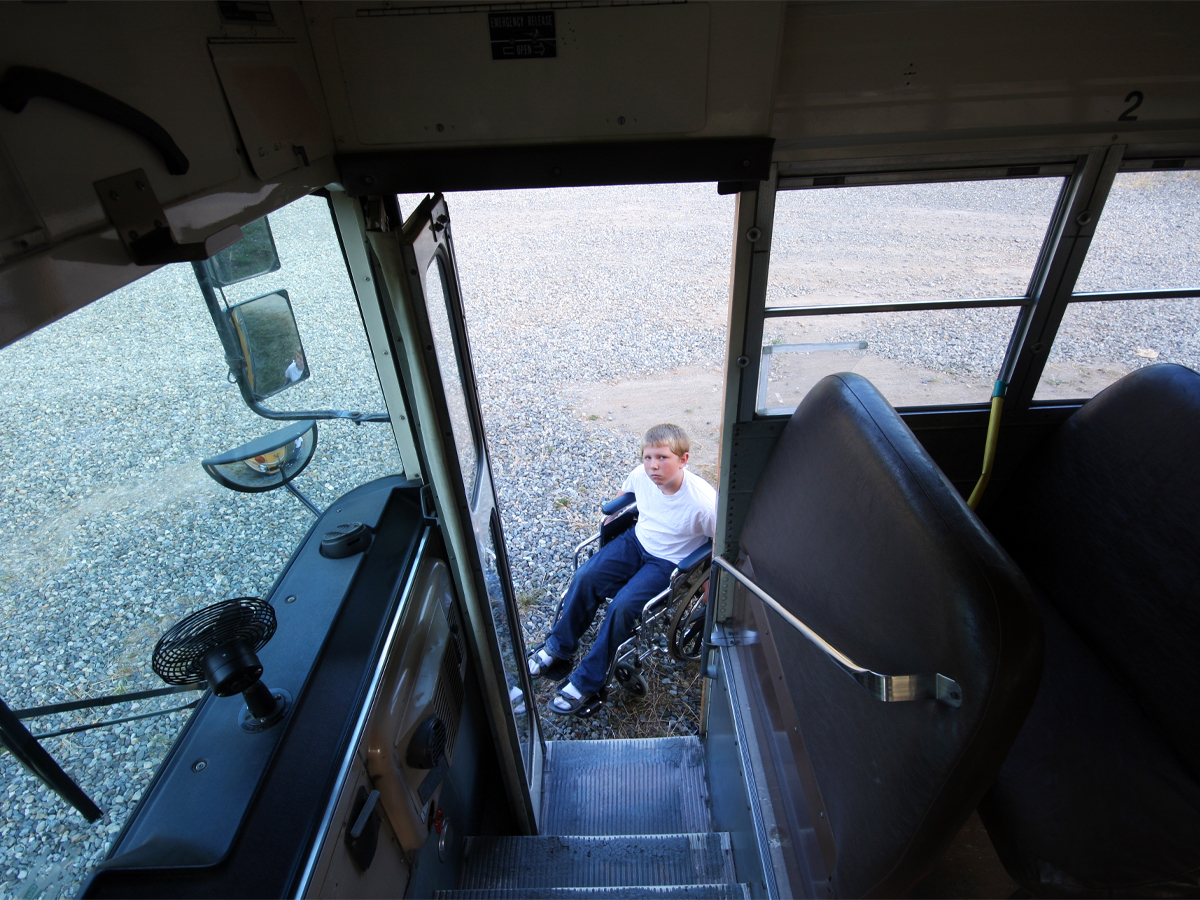A new app that will provide greater levels of control to people with disabilities using autonomous, or driverless, electric vehicles in the future, has been trialled by researchers at La Trobe University in partnership with HMI Technologies. The app also has ramifications for improving current public transport.
The app allows people with disabilities to control certain elements of an autonomous shuttle bus journey, such as destination, doors opening/closing and departure time.
Researchers worked with the Australian Federation of Disability Organizations (AFDO) consulting with 31 people with various disabilities, including visual impairment, physical impairment and intellectual disability, exploring their experience using the app.
La Trobe Centre for Technology Infusion, lead researcher Erik van Vulpen, said technology supporting more inclusive design needs to start being incorporated into transport systems.
“With the app, passengers can control certain elements of the vehicle, such as ensuring a bus stops, keeping doors open long enough for passengers to board safely and ensuring people are properly seated before taking off which has implications for future driverless transport as well as for current systems,” he said.
“When we give control of those elements to the passenger, using accessible technology, we can start to reduce the reliance on a driver’s assistance.”
Participant feedback also suggested important improvements that could be implemented, particularly in relation to autonomous vehicles.
He said participants also identified various areas for improvement, but essentially the technology we need to make autonomous transport, as well as other existing forms of transport accessible and user-friendly for people with disabilities already exists and could be implemented today.”
HMI technologies Andrew Mehaffey said the future was looking bright for this kind of transport. “We can see now that autonomous vehicles such as the Ohmio shuttle can provide viable, greener alternatives to more polluting modes of transport and it’s fantastic to see the technological innovations that support people with disabilities to use these services with ease and confidence,” he said.
Following the successful trial, the research team will further refine the app and investigate opportunities to integrate the technology with existing public transport services, and plan for its future use in autonomous vehicles.

